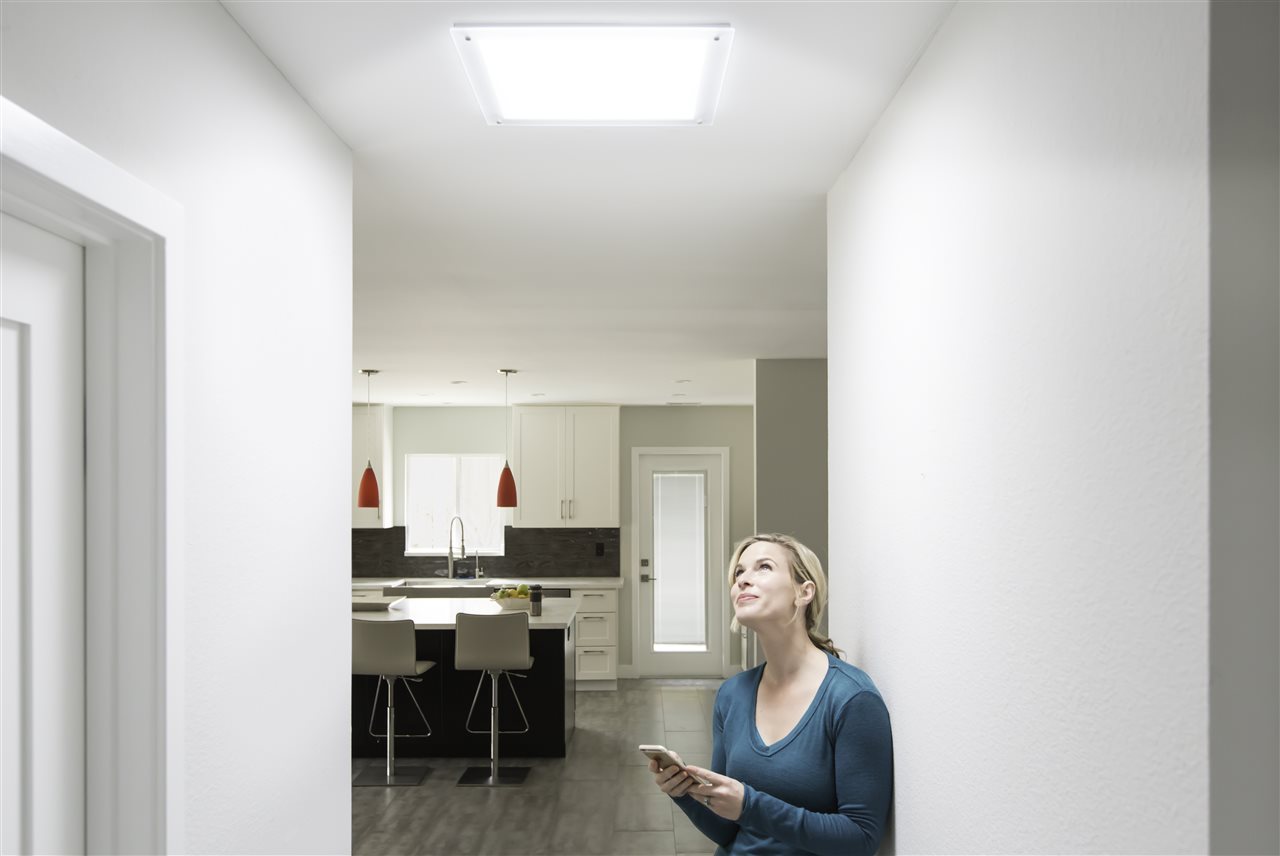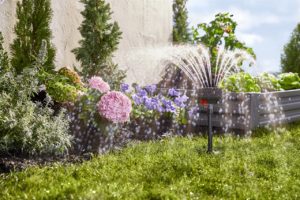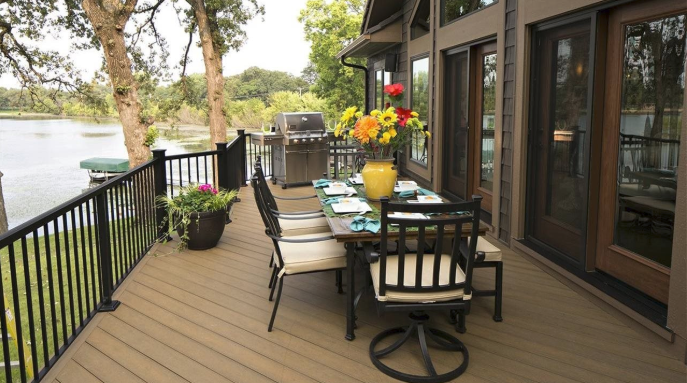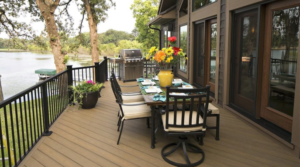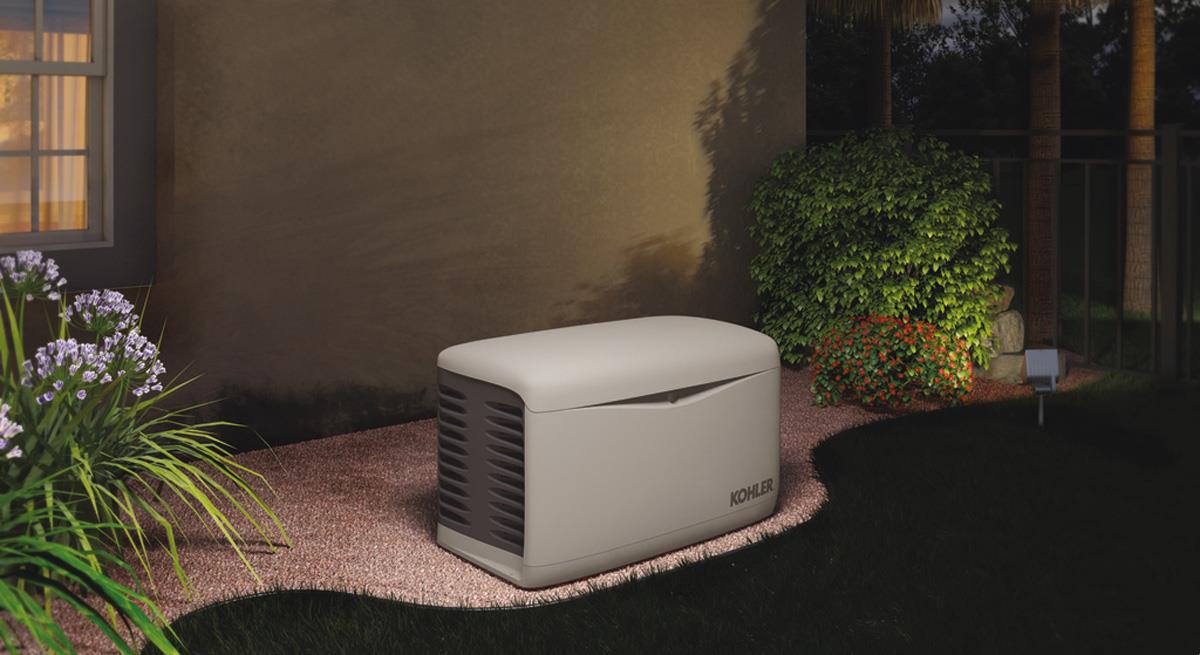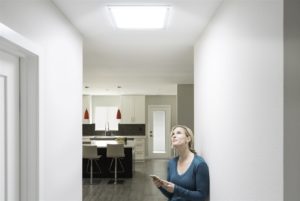 (BPT) – The words home improvement usually conjure up images of major undertakings like tiling your bathroom or kitchen or tearing down a wall, taking hours or even days to complete. The fact is there are some meaningful home improvements you can finish in under two hours.
(BPT) – The words home improvement usually conjure up images of major undertakings like tiling your bathroom or kitchen or tearing down a wall, taking hours or even days to complete. The fact is there are some meaningful home improvements you can finish in under two hours.
1) Need More Daylight?
Have you ever wished your home had more daylight? Maybe you want to bring light to a small place like a closet or laundry room. Or maybe you have a room with a window but still not enough light. One solution is a daylighting system from Solatube. This product can be installed in under two hours and floods the interior with natural light.
2) Concerned About Security?
Installing a video doorbell takes just a few minutes and you can monitor visitors at your front door on your smartphone through an app. This is a way to add some security to your home. You can be anywhere with your phone but answer your front door and see who’s there. They have no idea where you are, home or otherwise.
3) Dealing With Poor Indoor Air Quality?
The upstairs can often be hotter than the downstairs. Air can be humid and wet. House odors from cooking, pets, etc., can hang around. A Whole House Fan is quiet (with a light white noise) and can be installed without reframing. When you open the windows with the whole house fan on, it strips out the heat from the home as well as the unwelcome smells. In summer months it keeps the house cooler and it eliminates stale air in the winter.
4) Considering a New Bathroom Fan?
Another product that installs quickly is an upgraded bathroom fan. It comes with a variety of options such as heaters and lights. An upgraded bathroom fan can dramatically reduce bathroom humidity and odors and run more quietly.
5) Still Using Outdated Light Bulbs?
An easy home improvement project is to swap out light bulbs for LEDs. Even CFL bulbs can’t hold a candle to LED bulbs, which, while more expensive, last up to 20 years or more.
This gives you an idea of some ways to spruce up your home in under two hours. But the changes will be long-lasting!
For more easy home improvement ideas, visit www.solatube.com/residential.

